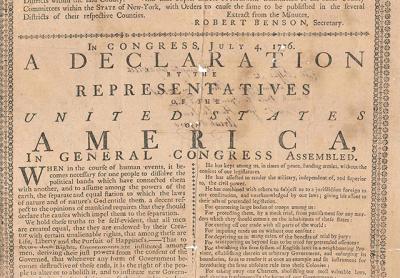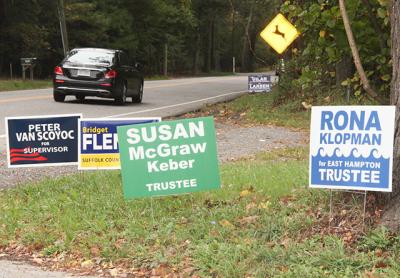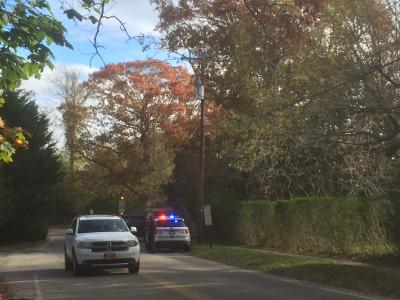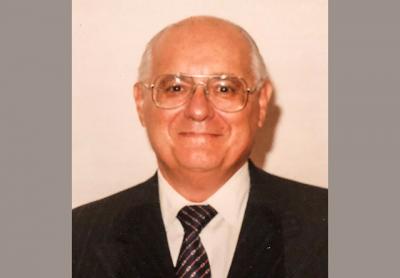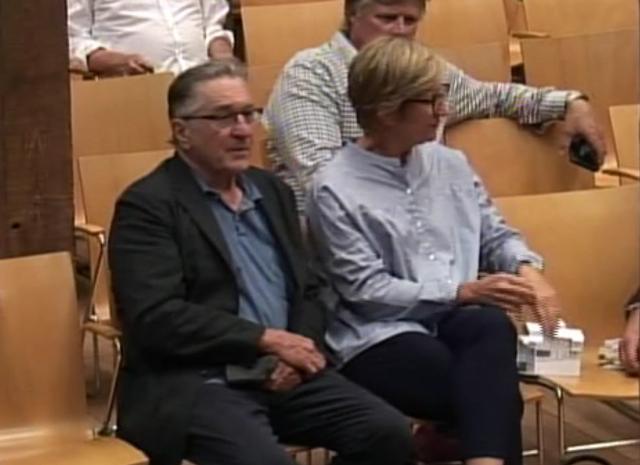Democrats to Retain Edge in Suffolk Legislature
Democrats to Retain Edge in Suffolk Legislature
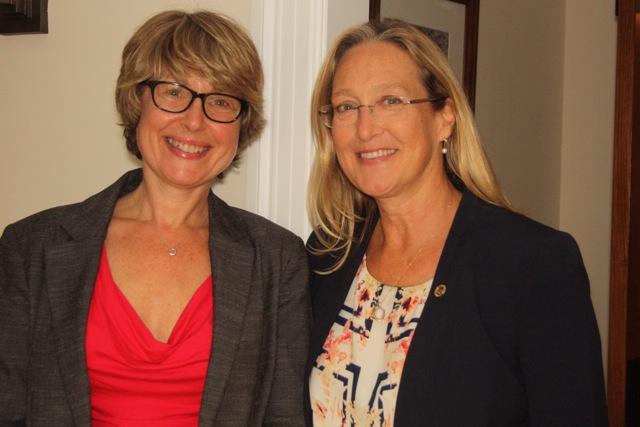
The Suffolk County Legislature will remain dominated by Democrats following Tuesday's vote.Legislator Bridget Fleming, who represents the South Fork, was re-elected by a wide margin and will keep her seat in the 11-to-7 Democratic majority. "Generally speaking, people wanted a positive message. It feels really good because that's how I've always tried to approach the job," Ms. Fleming said yesterday.Suffolk Republicans picked up one Legislature post. Rudolph Sunderman took the Third District, beating Joshua Slaughter, a Democrat. In that district, Legislator Kate Browning, a Democrat, could not run again because of term limits."Although it's very hard to have the short two-year terms, I am glad to have had the opportunity to talk with constituents," Ms. Fleming said. Among their concerns, she said, were natural resources, public transportation, affordable housing, tick-borne illness, and opioid abuse."One other thing that is important to them is an economy that works for everyone," she said. "I am really pleased that my staff and I have been able to make progress on those issues, but there's a ton left to do."East End Democrats in the Legislature have gained ground since the election two years ago. Ms. Fleming and Legislators Kara Hahn and Sarah S. Anker each had increases in their support in percentage terms. Ms. Fleming easily beat Heather Collins with 64 percent of all votes cast, up from 60 percent in 2015. Legislator Al Krupski, who represents the North Fork, won with 70 percent of the vote.Thomas Muratore, a Republican legislator seeking re-election, was 10 points off his 2015 results, and Mr. Sunderman only managed to win 52 percent of the votes cast.The enthusiasm divide could be an indicator in the 2018 contest for the seat in Congress now held by Representative Lee Zeldin, a Republican closely tied to President Trump. Mr. Zeldin's First Congressional District roughly encompasses Suffolk Districts 1 through 6, where Democrats hold a 4-2 edge in the Legislature.Elsewhere in the First Congressional District, Democrats made gains as well. In Southampton Stan Glinka, an incumbent Republican town councilman, came in third after Julie Lofstad and Thomas John Schiavoni, a Democratic newcomer. East Hampton had a near-total Democratic sweep.In Riverhead, the Republican town supervisor, Sean Walter, lost to Laura Jens-Smith, and another Democrat, Catherine Kent, took a seat on the town board.Brookhaven, which makes up much of Mr. Zeldin's power base, re-elected its Republican supervisor, Edward P. Romaine, and will maintain a 5-to-1 Republican majority on the town council.

